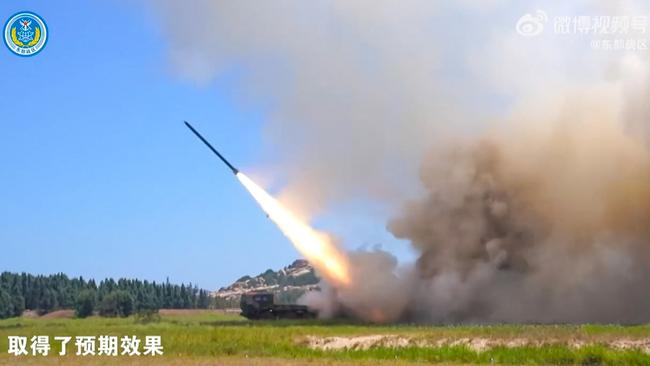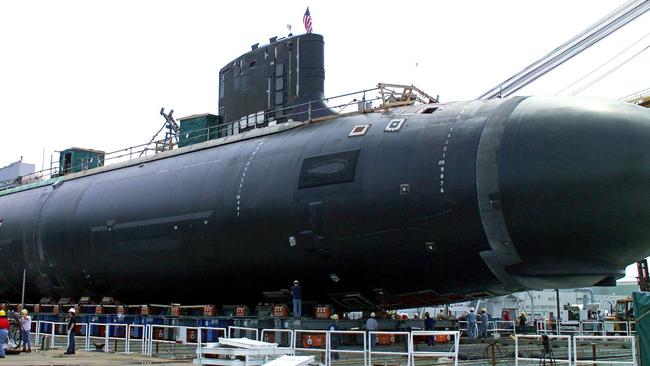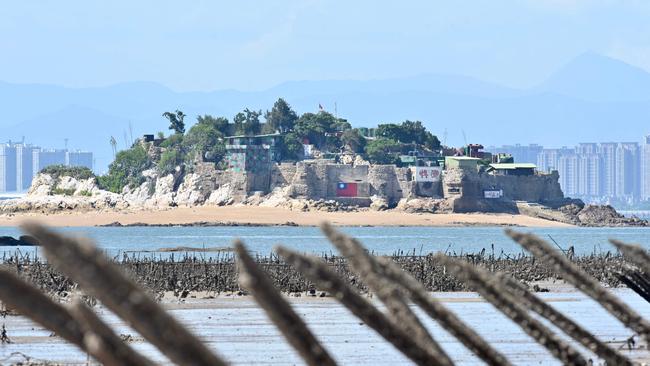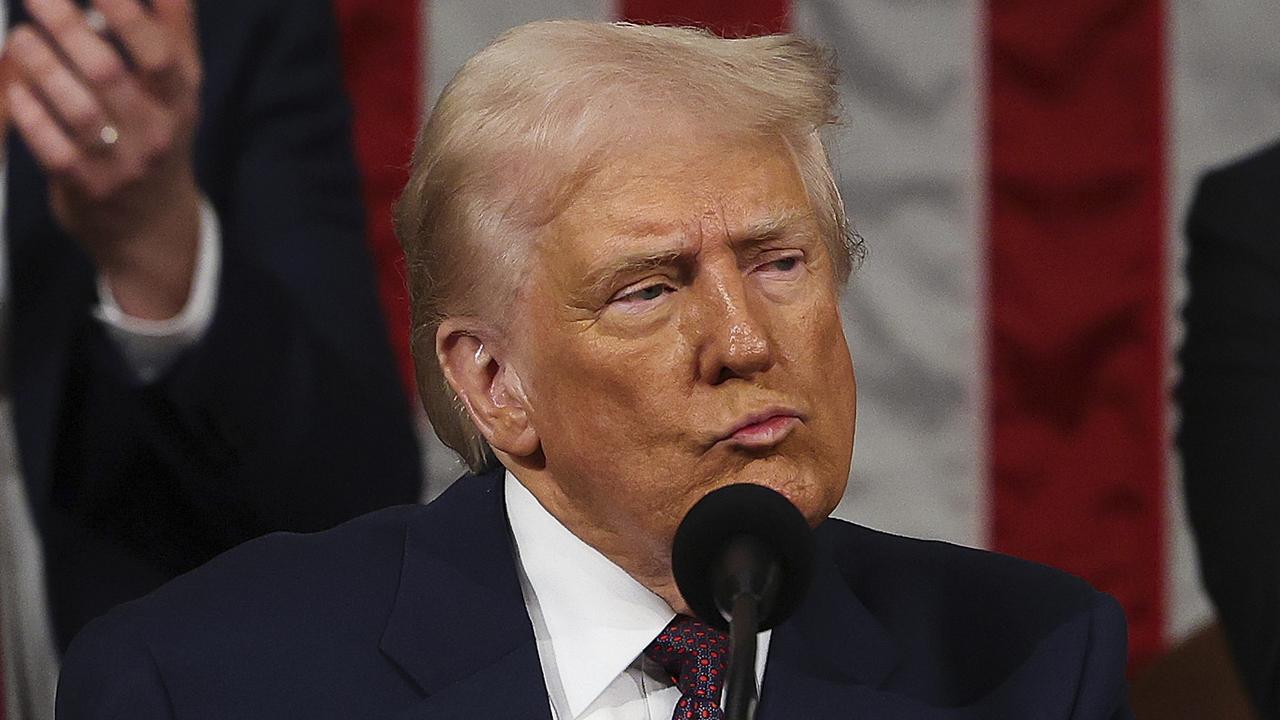
The Pacific and the world are at “an inflection point,” that will “affect the prospect of peace for decades to come,” as Mr Biden said on Monday, and the submarine deal is an expansion of Aukus, the 2021 defence pact among the U.S., U.K. and Australia. The agreement has three planks: Putting submarines on station Down Under; offering the Aussies at least three U.S. Virginia-class attack submarines in the early 2030s; and a new, late 2030s submarine that blends British design and U.S. technology.

U.S. submarines are making more stops in Australian ports, and Aussie sailors will attend U.S. nuclear-power school as they learn to operate some of the most sophisticated military assets in the world. Submarines from the U.S. and U.K. will rotate through an Australian naval base, slated to begin in 2027. These are excellent incremental steps to work with friends to put more hard power in the Pacific.
The U.S. will later sell Australia up to five Virginia-class submarines to replace the country’s six ageing conventionally powered boats. Virginia-class subs can travel vast distances without surfacing, and U.S. undersea ability is “maybe the only true asymmetric advantage we still have against our opponents,” as a four-star admiral put it last year.
Take a potential Chinese assault on Taiwan. In this year’s war game by the Center for Strategic and International Studies, U.S. submarines pummeled the Chinese naval fleet in the Taiwan Strait. But as CSIS notes with understatement, “numbers were inadequate,” especially with a 20% attrition rate per 3.5 days that increased as the war continued.

The U.S. Navy’s official goal is 66 boats, and other analyses suggest the more comfortable number is 70 or even 78. But the sea service now has only 50 and that number may dip as older classes age. The Navy’s latest 30-year shipbuilding plan doesn’t reach 66 boats until the late 2040s at the earliest.
Congress is buying two Virginia-class boats a year and wants three. But the industrial base has churned out only about 1.2 a year over the past five years. Defence contractors are swamped trying to build two fast attack boats while also producing ballistic missile subs, in the first overhaul of the nuclear deterrent in decades.

The U.S. Navy maintenance backlog is such that in fiscal 2021 the fleet lost 1,500 days waiting for repair. That’s the equivalent of having four fewer submarines, the Navy’s brass has said. About 3.5 more were out of commission because repairs took longer than planned.
Having Australia contribute to costs and operating these submarines could be a “rising tide that lifts all boats,” as House politicians said in a letter in January. But the Aussies will have to follow through with billions of dollars, no easy feat in a country with a defence budget of some $30 billion, about 2.1% of GDP.
Mr Biden says he’ll pour $4.6 billion into U.S. submarine development, though that alone can’t compensate for decades of under investment, a dearth of skilled labour, supply-chain disruption and a shortage of dry docks.

Fixing U.S. submarine disrepair would require sustained focus and presidential leadership, so far not in evidence. Mr Biden’s budget this week again cuts the Pentagon after inflation and shrinks the Navy to 291 ships in 2028.
Advertisement – Scroll to Continue
The Aukus deal is a reminder that the U.S. remains the friend of choice around the world, and it’s an opening to launch a national effort to build three attack subs a year. But meeting the defence needs of allies and America will take more than parchment promises.








President Biden in San Diego on Monday announced a deal to help Australia acquire U.S. nuclear-powered submarines, a step forward by a stalwart ally to check Beijing. But Mr Biden isn’t highlighting the dysfunctions in American submarine production, nor the urgent need for a generational effort to expand the U.S. Navy’s undersea fleet.